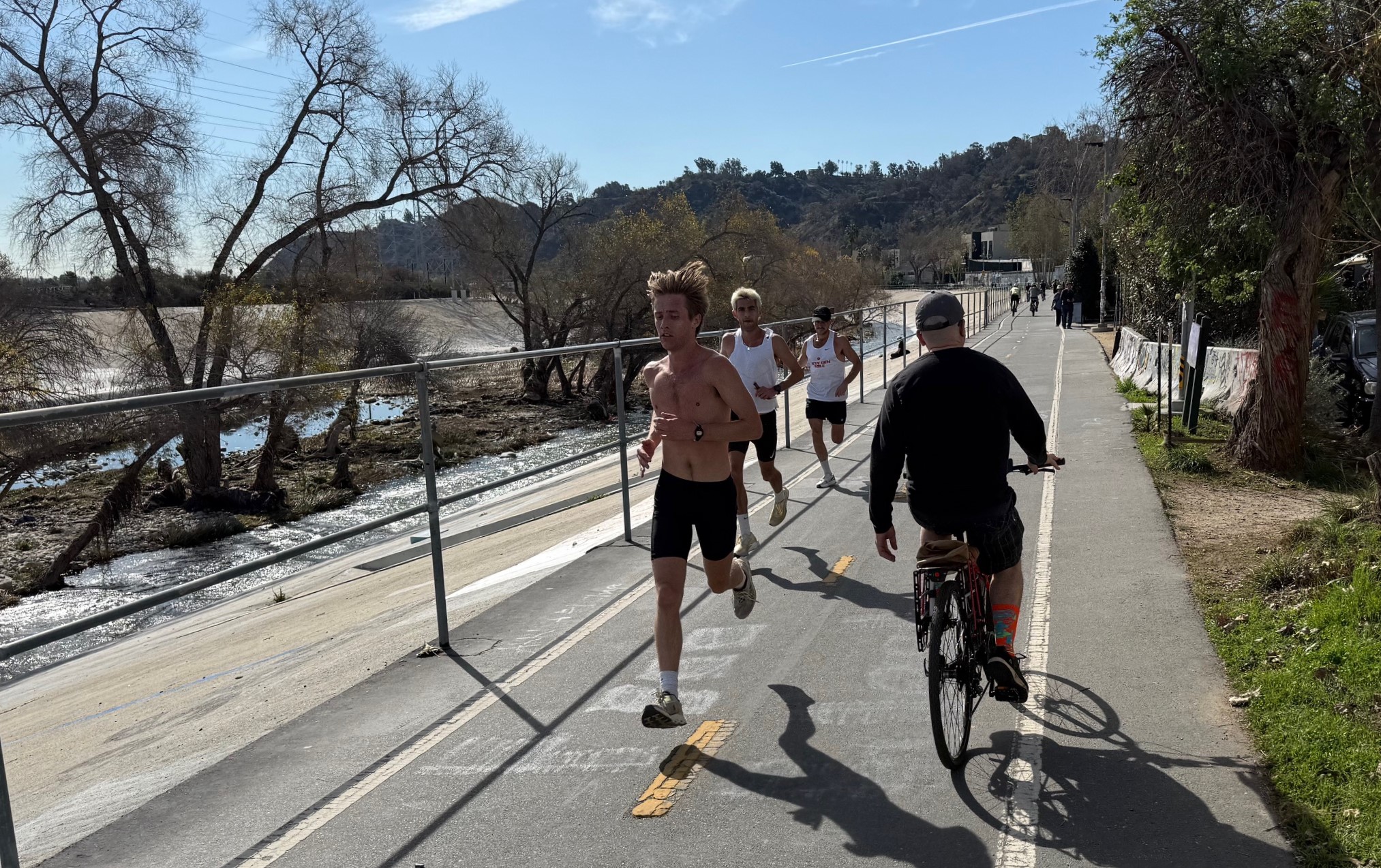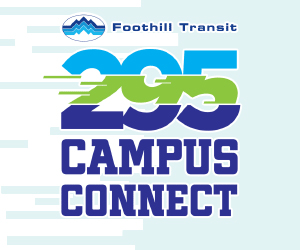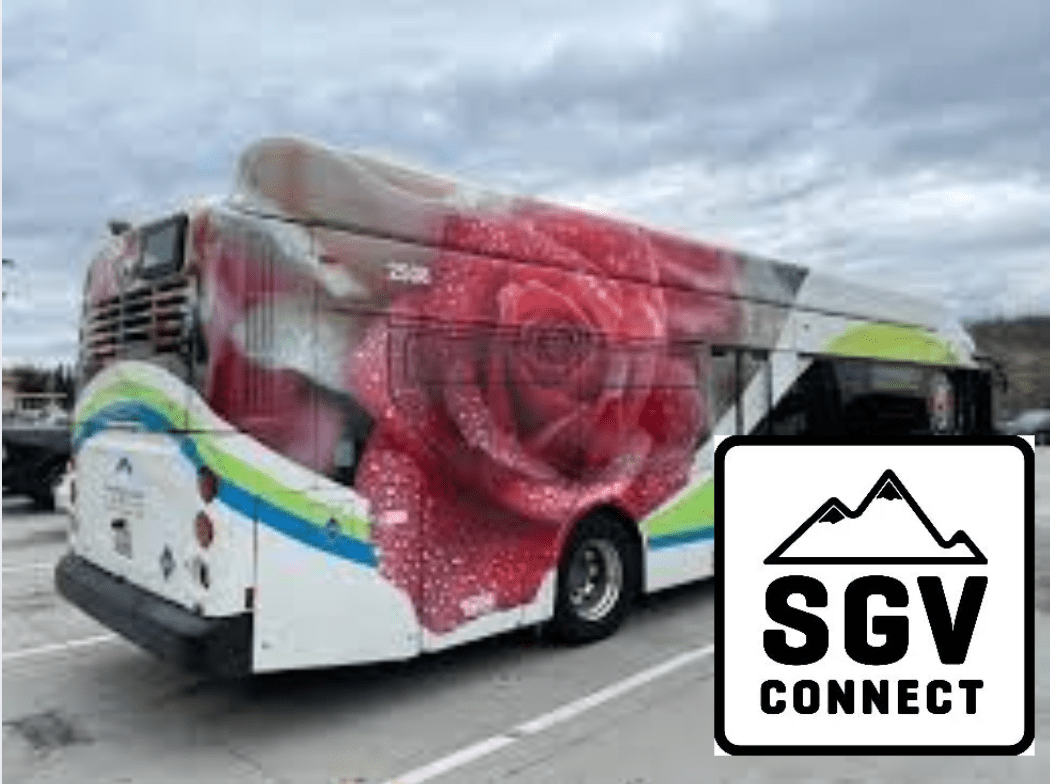Even if you never set foot on a bus or a train, chances are transit is saving you time and money. The most obvious reason is that transit keeps cars off the road, but the full explanation is both less intuitive and more profound: Transit shrinks distances between destinations, putting everything within closer reach.
A new study published by the Transportation Research Board quantifies the spatial impact of transit in new ways [PDF]. Without transit, the researchers found, American cities would take up 37 percent more space.

The research team from New York, San Francisco, and Salt Lake City modeled not just how many driving miles are directly averted by people riding transit, but how the availability of transit affects the way we build cities.
By allowing urban areas to be built more compactly, the "land use effect" of transit reduces driving much more than the substitution of car trips with transit trips. Total miles driven in American cities would be 8 percent higher without the land use effect of transit, the researchers concluded, compared to 2 percent higher if you forced everyone who rides transit to drive.
On average, the study found, the "land use effect" of transit is four times greater than the "ridership effect," or the substitution of car trips with transit trips. But the land use effect of transit varies a great deal across urban areas, the study found. In places like Greenville, South Carolina, it's responsible for reducing driving 3 percent. In San Francisco and New York City, it's 18 and 19 percent, respectively.
The authors suggest their model can help assess the effect of transit investments on travel behavior with greater sophistication. For example, adding a rail station to a neighborhood without one increased the density of jobs and residences by 9 percent within a one-mile radius, the study found. That would reduce driving about 2 percent for all the households across the area.
In addition to new infrastructure, increasing the frequency of transit service reduces traffic too. The researchers estimate that a 1 percent increase in transit frequency across a region would be expected to bring about a 0.045 percent decrease in miles driven. And a 1 percent increase in route density -- a measure of how many transit lines service a given area -- would be expected to produce a 0.047 percent reduction in traffic.
The report includes a "Land Use Benefit Calculator" [XLS] to help determine the total environmental benefits of transit projects.
Hat tip to Green City Blue Lake.






